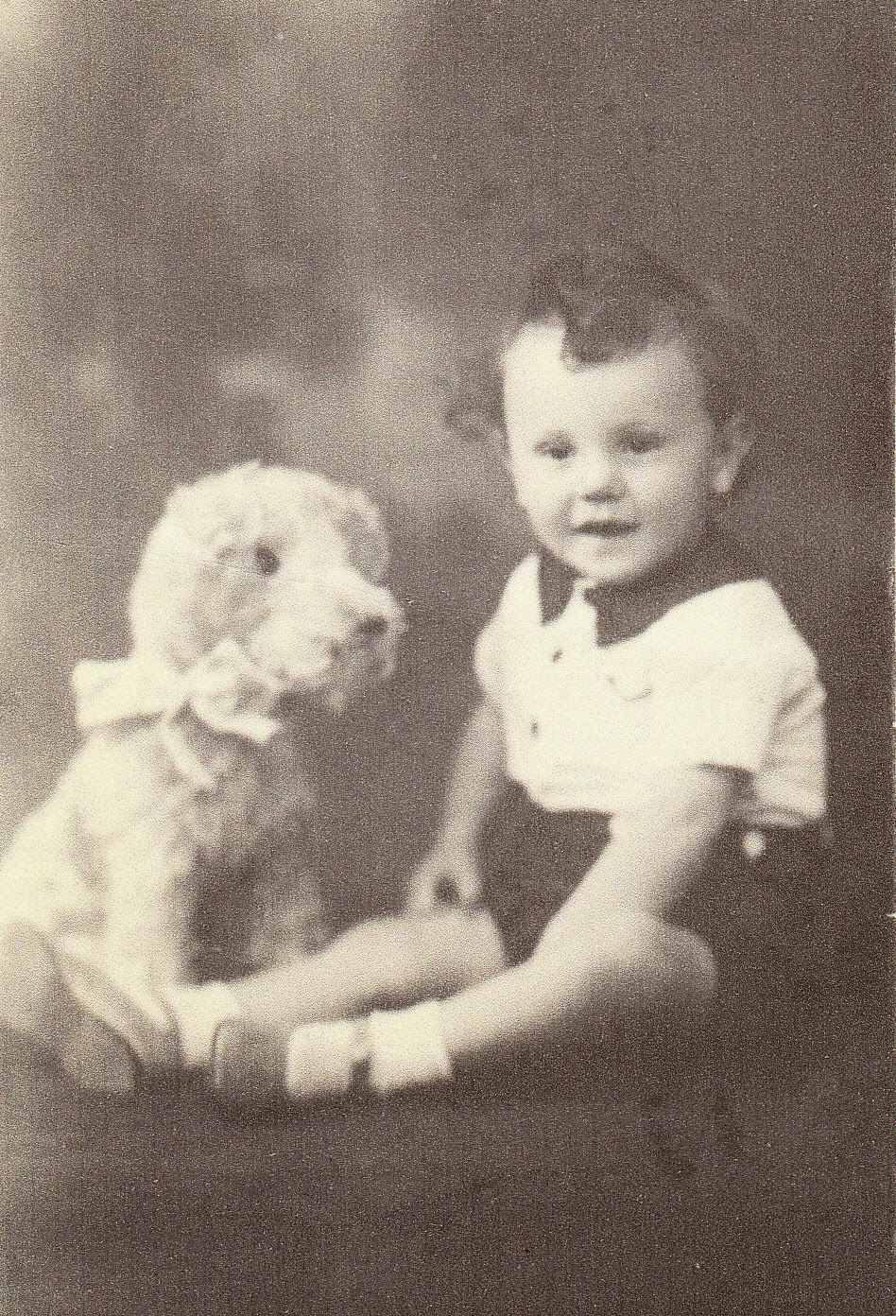When news of the Channel Islands evacuation and occupation reached Channel Islanders living in the Vancouver area of Canada, a sense of shock swept through the community. They quickly realised that the evacuees, who had been sent to the British mainland, would need clothing, shoes, cash and medical supplies. The Channel Islands – Guernsey, Jersey, Alderney, Herm and Sark are 70 miles away from England but around 30 miles from the French coast.
 |
| Channel Island evacuee children in Stockport Town Hall receive toys donated by the local people |
In June 1940, 17,000 children
and adults left Guernsey, arriving in England with just the clothes
on their backs. Whole schools were evacuated with their teachers, and
some reopened in England during the war as 'Guernsey schools' so that
the evacuated teachers and pupils could remain together. One school
was financially supported by Americans, with one child being
sponsored by the President's wife, Mrs Eleanor Roosevelt. The only
communication between England and Guernsey was through 25 word Red
Cross letters.
Interviews
with the evacuees, together with surviving wartime records, show
there were certain individuals and organisations that made a huge
difference to the lives of these penniless evacuees, not just
financially, but also emotionally. Amongst these were the Canadian
Channel Islander's Societies.
When news of the
Channel Islands evacuation and occupation reached the 500 Channel
Islanders living in the Vancouver area, a sense of shock swept
through the community. They quickly realised that the evacuees would
need clothing, shoes, cash and medical supplies, and a writer,
Philippe William Luce, formed the Vancouver Channel Islanders
Society. A handful of their newsletters have survived, and the
society noted at one meeting,
“Thousands
of old folks, women and children urgently need help, and every dollar
counts. It costs about $1000 a week for shoe repairs and dental
attention alone. Every letter from the kiddies to their parents in
the Islands costs one shilling and families building homes in England
need stoves, furniture, bedding etc”
 |
| Channel Island mothers, teachers and children arrive in Cheshire |
The
society's newsletters give details of the fund raising efforts they
made. They sold Christmas cards and Jersey seed potatoes, and held
raffles – with one prize being a prize Jersey calf which raised
$3,000. Local people donated clothing, shoes, socks, quilts and
books to the society, which were sent to Victory Hall, 535 Homer
Street, Vancouver, for packaging on Thursday afternoons. The society
organised lunches for which admission was $25 per person, together
with musical evenings, concerts, film shows and picnics. In October
1941 the Vancouver Lion's Club donated all the proceeds of its annual
charity concert to the society, which featured an appearance by
Lansing Hatfield, a star of the New York Opera. By February 1942,
the Vancouver society had sent $3,254 to London for the evacuees
together with 119 crates of clothing, and letters of thanks began to
arrive from Channel Island evacuees in England,
“More
and more letters of thanks are coming from the recipients; some
exceedingly touching scribblings from little children”
Some
of the Canadians who donated clothing to the society placed little
notes in the pockets of coats and jackets. A Guernsey evacuee at the
Forest School in Cheshire found the following little note in the pocket of
his coat,
“To
the little boy who receives this parcel. Please write to me
at
the above address and let me know how you like it. May
God
Bless you, and keep you safe from harm. Sincerely yours,
Mrs
C J Collett”
It is not known if the boy contacted Mrs Collett at the time. Another
society was established in Victoria,Vancouver Island, containing
around 100 members.
At
their first meeting in August 1941, the committee decided to arrange
a Channel Islands Arts and Crafts event, to arouse interest in the
islands, and between 1941 and 1945, the Victoria society raised
$4,992 for the evacuees.
They
used the Women's Institute rooms on Fort Street for the collection
and packaging of clothing, before sending the crates to the Vancouver
society, or directly to London.
It is not known exactly how many
more Channel Islanders in Canada carried out this wonderful work, but
their efforts clearly went a long way in helping hundreds of
unfortunate evacuees in England who had been torn from their homes.
If anyone in Canada can help
provide me with more information about the Canadian Channel Islanders
societies, I would love to hear from you.
I would also love to
contact the family of Mrs C J Collett whose note is displayed in this
article.
Please contact me via the comments box at the foot of this page.
YOU CAN SEE MY SECOND WORLD WAR BOOKS VIA THIS LINK
http://www.amazon.co.uk/Gillian-Mawson/e/B008MWQ0IE/ref=dp_byline_cont_book_1
YOU CAN SEE MY SECOND WORLD WAR BOOKS VIA THIS LINK
http://www.amazon.co.uk/Gillian-Mawson/e/B008MWQ0IE/ref=dp_byline_cont_book_1









































